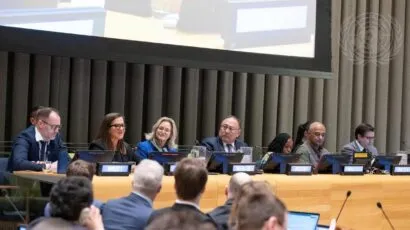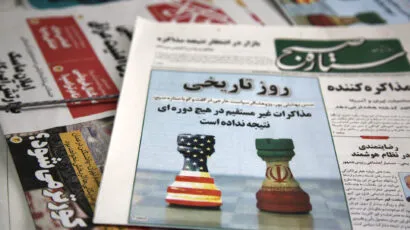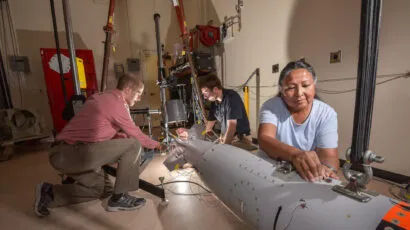It’s 2050: Do you know where your nuclear waste is?
By Allison Macfarlane | July 1, 2011
In light of Japan’s nuclear disaster, a major lesson can be learned related to the back end of the fuel cycle: Planning is necessary for the safe and secure management of spent nuclear fuel and nuclear waste. But the topic of storing waste continues to be subject to last-minute solutions, as the experiences of a number of countries besides Japan show. Countries with nuclear power programs need a medium-term strategy for spent fuel storage prior to the long-term plan for spent fuel or high-level waste disposal. Though difficult, the disposal of high-level nuclear waste is possible, and a clear strategy to develop a repository combines both technical and societal criteria in a phased approach. After Fukushima, it is now imperative to redefine what makes a successful nuclear power program—from cradle to grave. Nuclear waste management must be designed from the beginning; otherwise, the public in many countries will reject nuclear as an energy choice.
Together, we make the world safer.
The Bulletin elevates expert voices above the noise. But as an independent nonprofit organization, our operations depend on the support of readers like you. Help us continue to deliver quality journalism that holds leaders accountable. Your support of our work at any level is important. In return, we promise our coverage will be understandable, influential, vigilant, solution-oriented, and fair-minded. Together we can make a difference.
Issue: Bulletin of the Atomic Scientists Volume 67 Issue 4
Keywords: Blue Ribbon Commission, Fukushima, fuel pools, nuclear power, nuclear waste, planning, repository, siting, spent fuel
Topics: Uncategorized















